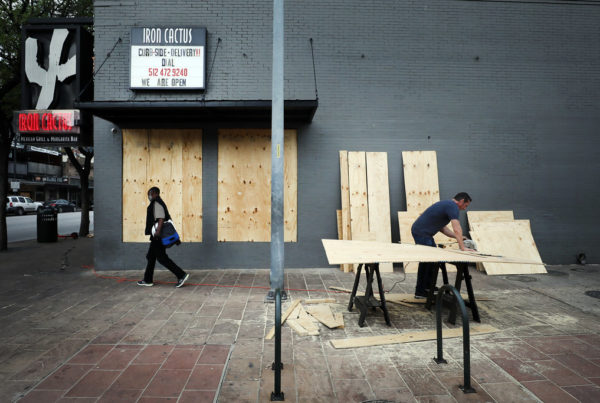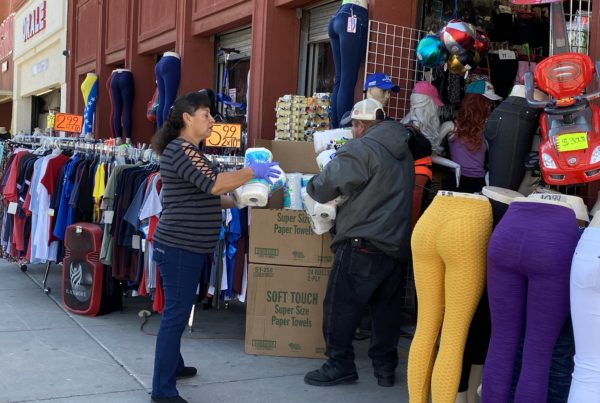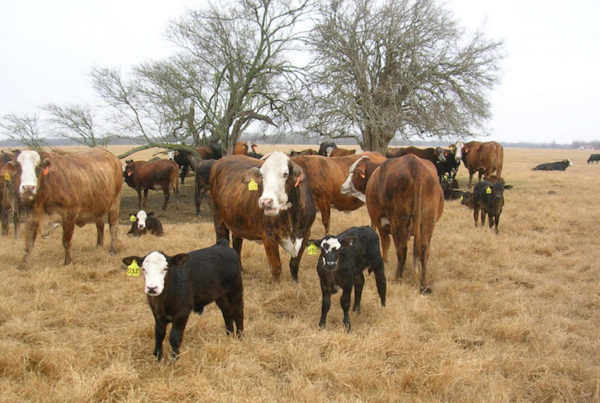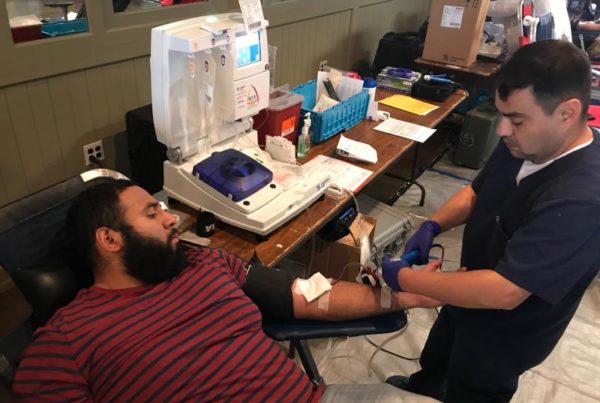When we think of copper, we usually think of something benign like a penny. The metal doesn’t usually conjure notions about health or science. But copper has properties that can help stop the spread of some pathogens. Now, some Texas scientists say it could even help slow the spread of the new coronavirus – the virus that causes COVID-19.
A team of researchers at West Texas A&M University in Canyon, Texas, has developed a new copper-based product to help combat COVID-19. Emily Hunt is dean at the College of Engineering. She says a recent article in the New England Journal of Medicine indicates that copper is better than other materials when it comes to trying to slow the spread of COVID-19. That’s because the virus doesn’t survive on copper surfaces for long.
“They showed that this strain of the virus actually lives on plastic and stainless steel and cardboard for days, but it can only survive on a copper surface for four hours,” Hunt says.
She says copper actually breaks up the coronavirus, and destroys it.
“It can’t continue to reproduce. And once you stop it from reproducing, it’s effectively dead,” she says.
Hunt and her team developed Copper Clean – copper stickers that fight microorganisms that include bacteria, fungi and viruses.
The stickers can be attached to household surfaces that people touch often – you touch the sticker instead of the surface itself. Hunt says it’s much easier to use a sticker than to retrofit an entire house with copper fixtures.
But Hunt warns that the stickers aren’t a replacement for good hygiene, including thorough hand-washing.
“We’re not in any way suggesting that this be used in lieu of standard infection control practices,” Hunt says. “We feel like this can help mitigate the spread [of the coronavirus]. We do not think this is a solution for large group gatherings.”
Written by Shelly Brisbin.














